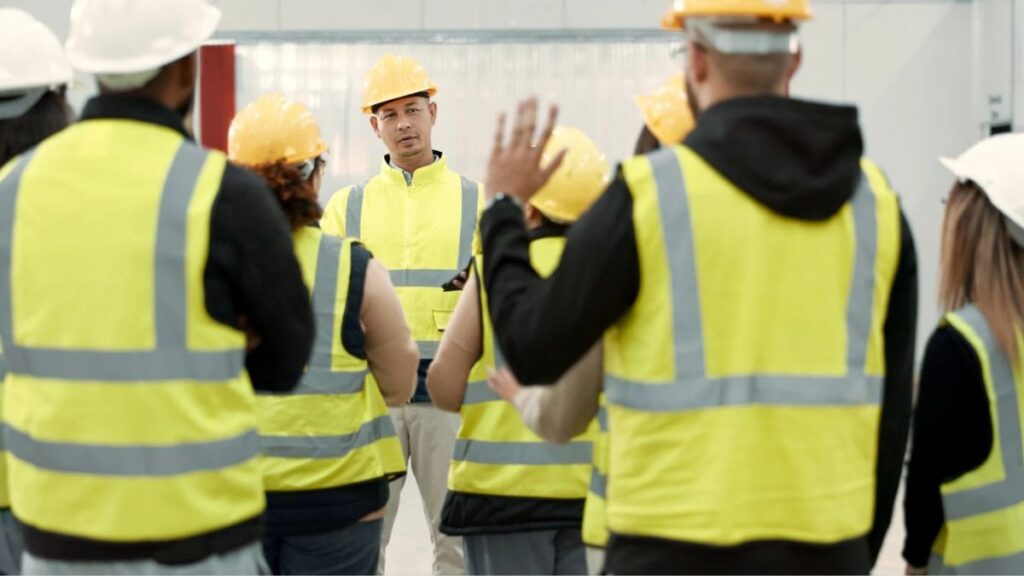Why Workforce Sustainability Matters in Construction
Construction faces workforce shortages, which impact productivity, safety, and project timelines. Job openings remain above historic averages, with thousands unfilled. This pressure forces companies to rethink talent acquisition, training, and retention to avoid delays or cost overruns, which affect housing, transportation, commercial spaces, and essential infrastructure.
Recognizing this challenge, many industry leaders are turning to time-tested solutions that have lasting results. One standout approach has been the implementation of robust apprenticeship programs. Programs combining classroom instruction, on-the-job skill building, and mentorship under experienced tradespeople provide a reliable entry point for newcomers, ensuring practical competencies and supporting retention in the industry.
Modern Hiring Practices Transforming the Industry
Construction employers are reshaping their recruitment strategies to attract and retain the best candidates. Digital job postings highlight company culture and advancement opportunities, attracting tech-savvy younger generations. Partnerships with technical colleges, high school career counselors, and community organizations are now standard. Open houses, jobsite tours, and hands-on workshops help introduce underrepresented populations to rewarding opportunities in construction.
Bridging the Skills Gap Through Training
Construction companies face challenges like changing job-site technology, safety regulations, and best practices. To stay competitive, investing in education and professional development is crucial. Innovative tools like virtual reality and simulation-based instruction are replacing traditional classroom learning. Technology-driven training platforms improve quality and job satisfaction, making employees feel valued and equipped.
The Value of Diversity and Inclusion
Fostering an inclusive and diverse environment is crucial for workforce sustainability. Companies that include diverse teams are better equipped to innovate and overcome obstacles. This requires rethinking recruitment practices, attracting women, minorities, military veterans, and non-traditional workers. Initiatives like mentorship programs, employee resource groups, and diversity-focused leadership training help ensure equal opportunity and improved morale.
Fostering Collaboration Between Industry and Education
Collaboration between the construction industry and educational institutions is crucial for building a sustainable workforce. Organizations of internships and cooperative education programs help students gain hands-on experience and align academic curricula with in-demand competencies. These efforts address the construction labor shortage by providing targeted training for young workers.
Health, Safety, and Well-Being: Foundations of Retention
Employers prioritize health, safety, and well-being in the construction industry to reduce turnover and maintain employee morale. Advanced safety protocols, employee assistance programs, and flexible work options create a positive work-life balance. These measures foster open communication, stress management, and a positive work environment, ultimately enhancing project outcomes and company reputation.
Adopting Technology to Streamline Workforce Management
Technology streamlines construction team management through digital scheduling, time-tracking, and real-time communication platforms. These systems reduce administrative delays, improve efficiency, and boost transparency. They enable workers to focus on quality work and managers to resolve issues before they escalate. Digital adoption demonstrates adaptability and commitment to long-term organizational health.
Looking Ahead: Creating a Resilient Pipeline for the Future
A sustainable construction workforce requires reimagining the entire employment lifecycle, investing in apprenticeship programs, technology-enabled learning, and inclusive workplace cultures. This will attract, develop, and retain talent, preparing future-ready teams for industry challenges, opportunities, and high-quality projects.







